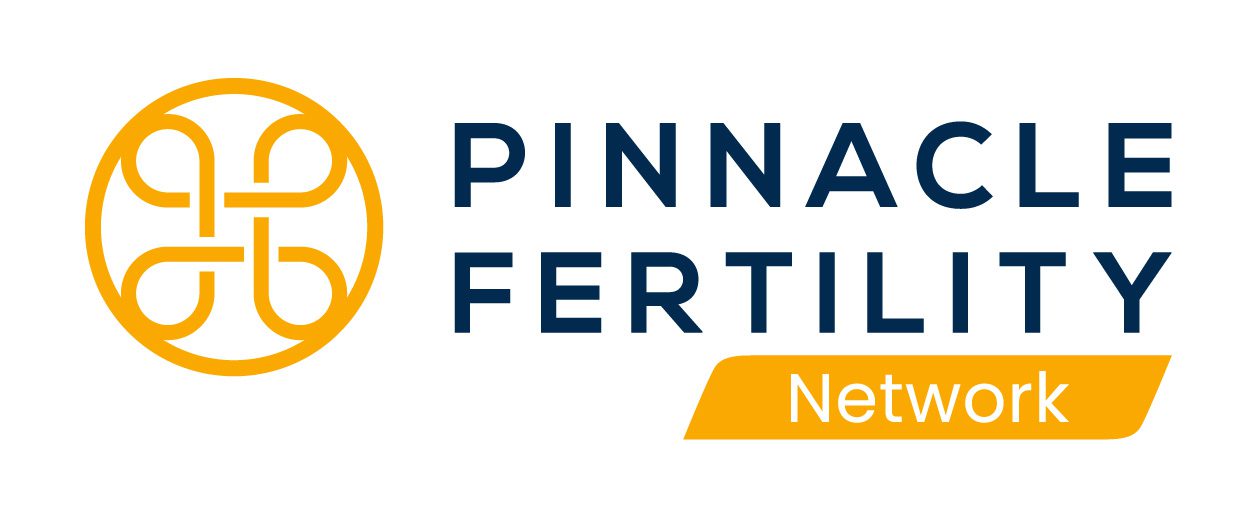What Is an Egg Retrieval?
Egg retrieval is a minor surgical procedure used in IVF and egg freezing to collect mature eggs from the ovaries. After a cycle of hormone stimulation, a thin needle guided by ultrasound retrieves the eggs while the patient is under light sedation. The procedure typically takes 15–30 minutes, and most patients recover quickly with minimal discomfort.
Once retrieved, the eggs are either fertilized in a lab for embryo development or frozen for future use. Egg retrieval is a key step in assisted reproduction, helping individuals and couples achieve their family-building goals.

Egg Retrieval: Step by Step

Ovarian Stimulation
o encourage the development of multiple eggs, you’ll begin taking hormone medication daily for about 10-14 days. During this phase, you'll have regular monitoring appointments, including blood work and ultrasounds, to track follicle growth and adjust medication as needed. Your fertility specialist will determine the best time for retrieval based on your response to treatment.

Trigger Shot
When your follicles reach the right size, you'll receive a "trigger shot" of hCG or another medication to finalize egg maturation. This injection is carefully timed—typically 36 hours before retrieval—to ensure your eggs are at the optimal stage for collection.

Egg Retrieval Procedure
On retrieval day, you'll arrive at the clinic and receive light sedation for comfort. Using ultrasound guidance, your doctor will insert a thin needle through the vaginal wall to gently aspirate eggs from each follicle. The procedure takes about 15–30 minutes, and most patients do not feel pain due to anesthesia.

Recovery
After retrieval, you’ll rest in the clinic for about 30–60 minutes before heading home. Some mild cramping, bloating, or fatigue is normal, but most patients resume regular activities within a day. Your clinic will provide aftercare instructions and let you know when to follow up.

What’s Next?
If you're undergoing IVF, your retrieved eggs will be fertilized in the lab to create embryos for transfer or freezing. If you’re preserving fertility, your eggs will be frozen for future use. Your care team will discuss the next steps based on your personalized plan.
Curious About the Egg Retrieval Process?
See how controlled ovarian stimulation helps maximize your chances of success. Watch the video to learn how each step—from medication to monitoring—prepares your body for egg retrieval.
Start Your Journey Today
Schedule a ConsultationCommon Egg Retrieval FAQs
The egg retrieval procedure is a key step in IVF, egg freezing, or egg donation. It allows doctors to collect mature eggs from your ovaries, which can then be fertilized for IVF, frozen for future use, or donated to help others build their families.
Most patients experience little to no pain during the egg retrieval procedure because it’s done under light sedation. Some mild cramping or bloating may occur afterward, but it usually resolves within a day or two.
The egg retrieval typically lasts about 15–30 minutes. You’ll be sedated for the procedure, and most patients can rest and go home the same day.
The number of eggs retrieved varies depending on individual response to ovarian stimulation. Most women retrieve between 8-15 eggs, but this can vary. Your fertility specialist will monitor you closely to maximize the number of eggs retrieved while minimizing the risk of ovarian hyperstimulation syndrome (OHSS).
Once the eggs are retrieved, they are either fertilized in the lab for IVF or frozen for future use if you’re preserving fertility. If you’re undergoing egg donation, the eggs will be used by intended parents or frozen for later use.
Before the procedure, you’ll be instructed to avoid eating or drinking for several hours, as sedation is used during the retrieval. Your doctor will provide detailed pre-procedure instructions, and it’s important to follow them closely for the best outcome.
While egg retrieval is generally safe, there are some risks, including mild complications like ovarian hyperstimulation syndrome (OHSS), infection, or bleeding. These risks are low and are closely monitored by your fertility team.
Most patients feel well enough to return to work or normal activities within 1–2 days after the procedure. It’s a good idea to take it easy for the first day to allow your body time to recover from the sedation and any mild discomfort.
You’ll typically be informed of the number of eggs retrieved the same day or the next day. Your fertility clinic will notify you of the results and the next steps in your treatment plan.





